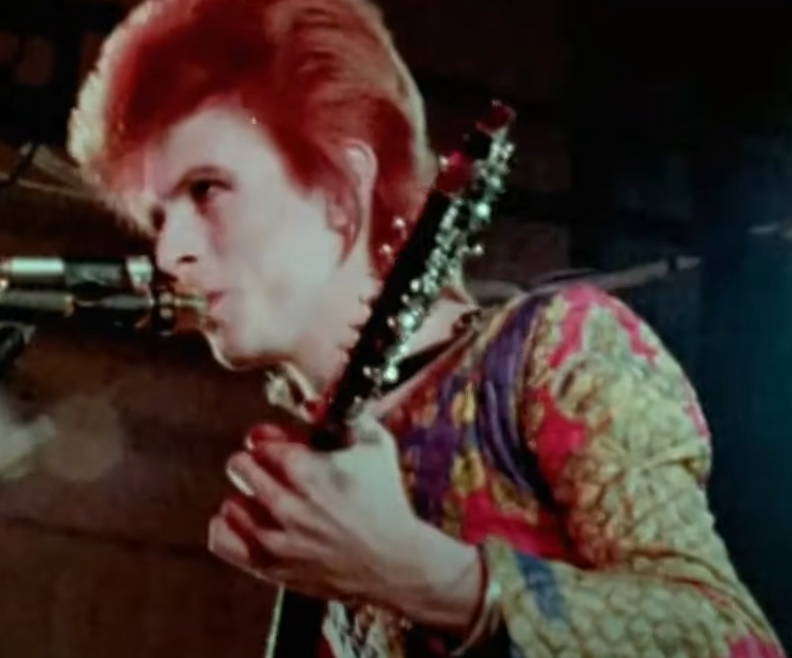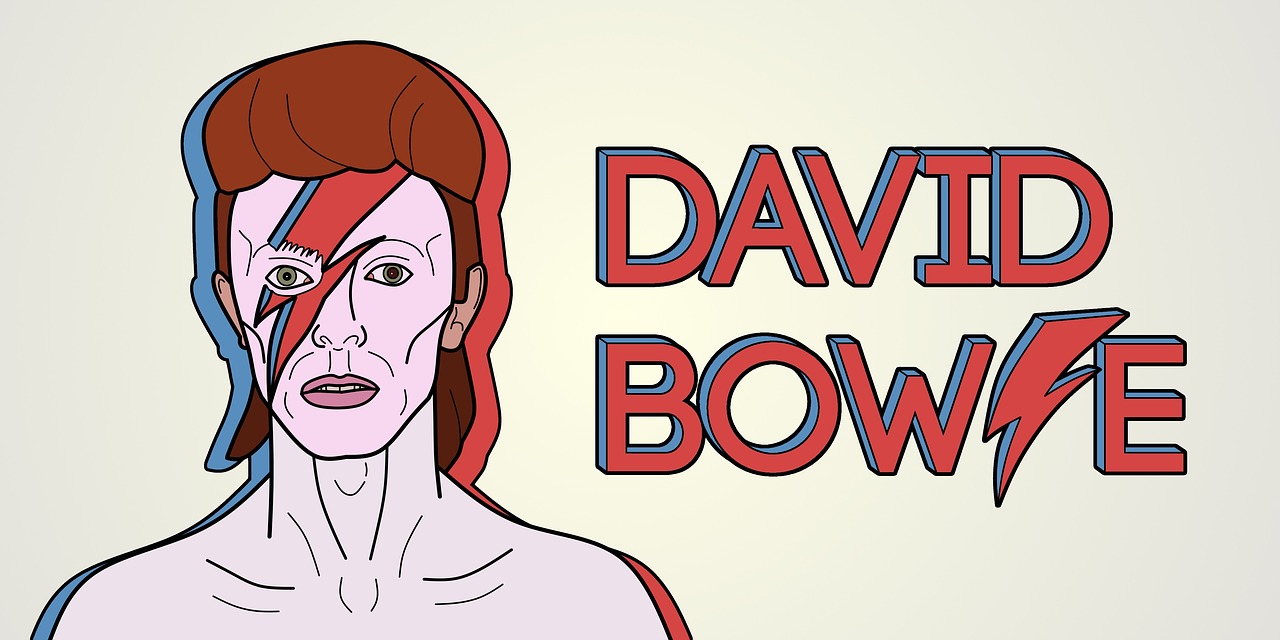
David Bowie was not only known for his unique style, music, and creativity, but also for his use of alter egos throughout his career. Perhaps his most famous alter ego was Ziggy Stardust, a flamboyant and androgynous character that Bowie portrayed during the early 1970s.
Ziggy Stardust was introduced in 1972 with the release of Bowie’s album “The Rise and Fall of Ziggy Stardust and the Spiders from Mars.” The character was described as an alien rock star who had come to Earth to save the planet from destruction. Ziggy’s appearance was androgynous, with long red hair, dramatic makeup, and glittering outfits. He was known for his provocative stage performances, and his music was a blend of rock, glam, and psychedelic styles.
Bowie’s use of Ziggy Stardust was a reflection of his own experimentation with gender identity and sexuality. The character allowed Bowie to explore and express his own fluidity, and his performances as Ziggy were a way to challenge traditional gender roles and expectations.
After the release of “The Rise and Fall of Ziggy Stardust,” Bowie continued to use the character in live performances and on subsequent albums. However, he also began to distance himself from the persona, referring to Ziggy as a “half-finished painting” that he had grown tired of.
In the years that followed, Bowie continued to use alter egos in his work, but none would achieve the same level of fame or recognition as Ziggy Stardust. He portrayed characters such as the Thin White Duke, a cool and detached persona that he adopted during the mid-1970s, and Aladdin Sane, a character with a lightning bolt painted across his face.
Bowie’s use of alter egos was not limited to his music. He also acted in a number of films and television shows, often playing characters that were far removed from his public persona. Some of his notable film roles include Jareth the Goblin King in “Labyrinth,” Pontius Pilate in “The Last Temptation of Christ,” and Andy Warhol in “Basquiat.”
Bowie’s use of alter egos allowed him to explore different aspects of his creativity and identity. It allowed him to push boundaries and challenge expectations, both in his music and in his personal life. His willingness to experiment with different personas and styles has been a major influence on many musicians and artists who have followed in his footsteps.
In the years since Bowie’s passing, his legacy has continued to grow. He is remembered not only for his music and creativity, but also for his willingness to take risks and push boundaries. His use of alter egos was just one example of his willingness to challenge conventions and explore new territory.
In conclusion, David Bowie was known for his use of alter egos throughout his career, with perhaps the most famous being Ziggy Stardust. The character allowed Bowie to explore his own fluidity and challenge traditional gender roles and expectations. Bowie’s use of alter egos was just one example of his willingness to experiment with different personas and styles, and his legacy continues to influence musicians and artists around the world.
